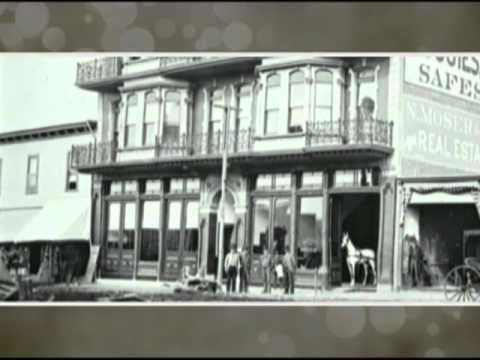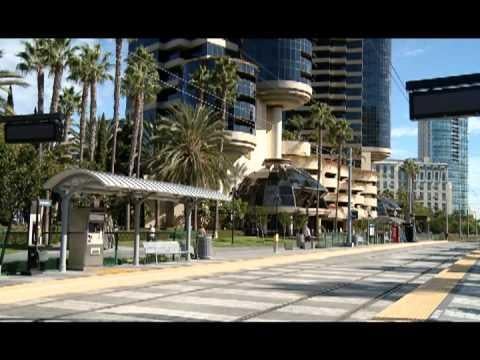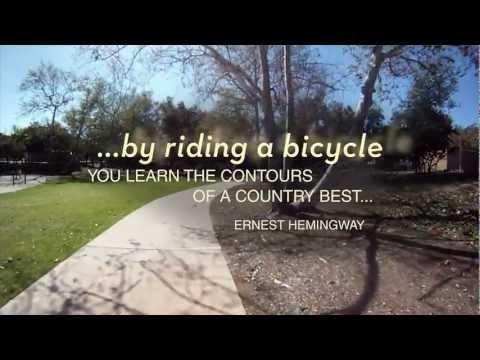San Diego Association of Governments (SANDAG)
About SANDAG
The San Diego Association of Governments (SANDAG) serves as the forum for regional decision-making, acting as the metropolitan planning organizations (MPO), regional transportation planning agency, airport land use commission, regional transportation commission and the congestion management agency, among other roles. SANDAG builds consensus; makes strategic plans; obtains and allocates resources; plans, engineers, and builds public transportation; and provides information on a broad range of topics pertinent to the region’s quality of life.
SANDAG is governed by a board of directors composed of mayors, council members and county supervisors from each of the region’s 19 local governments. Policy advisory committees and professional staff assist the board of directors in carrying out the agency’s work program.
Members: County of San Diego; Cities of Carlsbad, Chula Vista, Coronado, Del Mar, El Cajon, Encinitas, Escondido, Imperial Beach, La Mesa, Lemon Grove, National City, Oceanside, Poway, San Diego, San Marcos, Santee, Solana Beach and Vista
Advisory Representatives: Imperial County, the U.S. Department of Defense, Caltrans, San Diego Unified Port District, Metropolitan Transit System, North County Transit District, San Diego County Water Authority, Southern California Tribal Chairmen’s Association and Mexico Consulate General
Transportation and SB 375
Regional Transportation Plan
Adopted in October 2011, the 2050 Regional Transportation Plan (RTP) and Sustainable Communities Strategy (SCS) provide a regional transportation vision over the next 40 years. As part of the action taken to approve the 2050 RTP and its SCS, Directors also approved:
- Evaluating alternative land use scenarios as part of the Regional Comprehensive Plan (RCP) update to attempt to address the so-called “backsliding” of greenhouse gas levels between years 2035-2050.
- Developing an early action program for projects included in the Regional Bicycle Plan.
- Planning for the broader Active Transportation program, including Safe Routes to School and Safe Routes to Transit, within the next two years.
- Implementing an action to develop a regional transit-oriented development policy in the 2050 RTP Sustainable Communities Strategy to promote and incentivize sustainable development.
- Continuing to make enhancements to the travel demand models; the activity-based models currently under development will be “open source” and available for the next RTP update.
- Developing a regional complete streets policy within the next two years.
Sustainable Communities Strategy
Developed in accordance with California Senate Bill 375 (SB 375), the Sustainable Communities Strategy (SCS) is a new element of the 2050 Regional Transportation Plan. After more than two years of extensive public input, the SANDAG Board of Directors adopted the final 2050 Regional Transportation Plan with a SCS on October 28, 2011, making it the first agency in California to do so.
The SCS lays out how the region will meet greenhouse gas reduction targets set by the California Air Resources Board- seven percent per capita reduced emissions by 2020 and 13 percent by 2035 from a 2005 baseline.
Public Participation Plan
SANDAG’s public participation plan, last updated in December of 2009, lists eleven overarching guidelines and principles the agency follows when seeking public participation input into regional planning. The plan also includes guidelines for conducting outreach and soliciting public involvement in project development and program planning, and other public participation guidelines specific to capital project design and construction and in setting fares for transit services.
Housing
The SANDAG Board of Directors adopted the final Regional Housing Needs Assessment (RHNA) Plan by resolution for the fifth housing element cycle (January 1, 2013 – December 31, 2020) on October 28, 2011. The RHNA allocates housing needs in four income categories (very low, low, moderate, and above moderate) for each jurisdiction that will be used in local housing elements. State law requires that housing elements in the San Diego region be completed by April 27, 2013, eighteen months after the adoption of the 2050 RTP/SCS
Other Programs and Projects
San Diego Forward: Regional Comprehensive Plan
The future growth and development of the San Diego region is currently guided by two primary long-range planning documents: the Regional Comprehensive Plan (RCP) adopted in 2004 and the 2050 Regional Transportation Plan/Sustainable Communities Strategy (RTP/SCS) adopted in 2011. In May 2012, the SANDAG Board of Directors approved merging the RCP update with the next RTP/SCS. San Diego Forward: The Regional Plan has its own public involvement plan, and is expected to be adopted in 2015.
Videos
|
2050 Regional Transportation Plan (RTP): Our Region. Our Future. |
 |
| SANDAG 2012 Year in Review |
 |
| San Diego is Pedal Powered! |
 |
| Source: SANDAG’s Youtube Channel |




